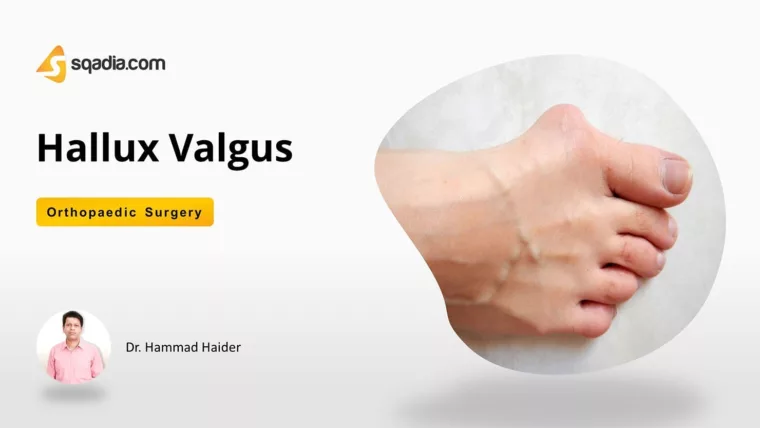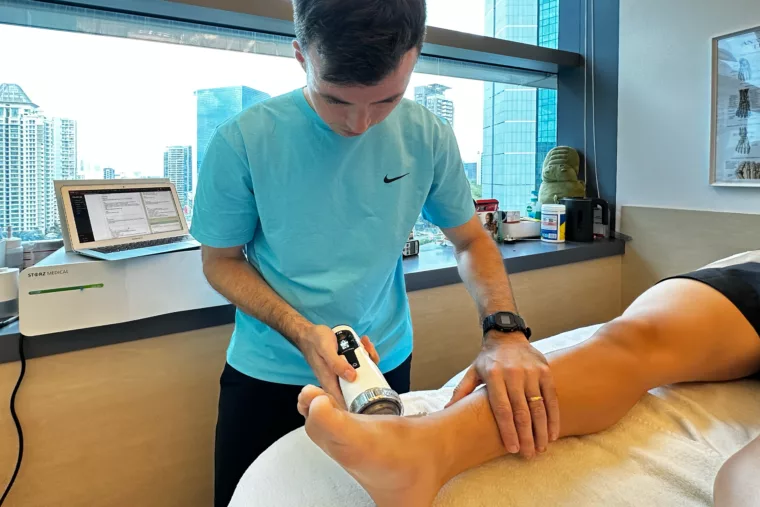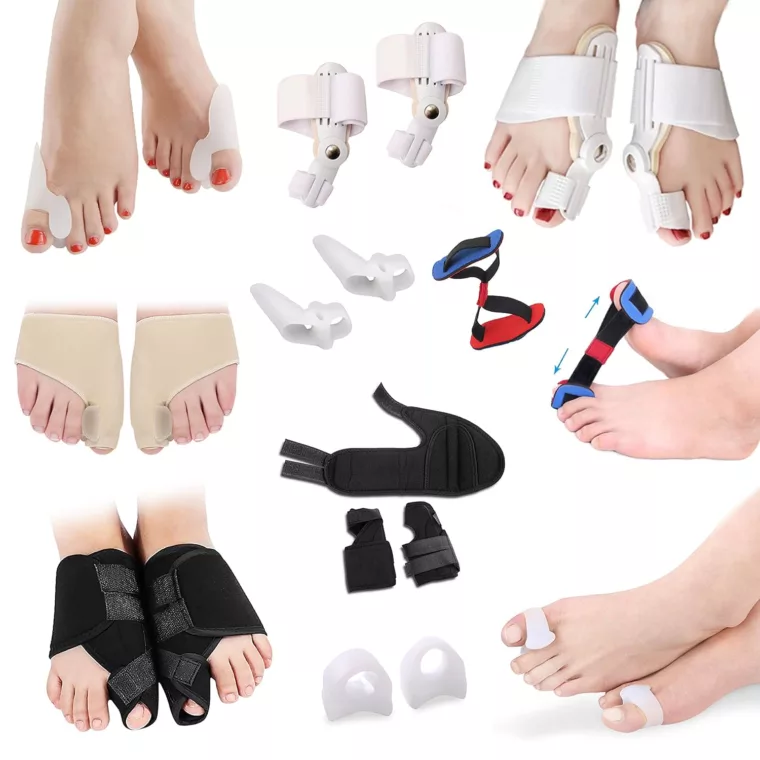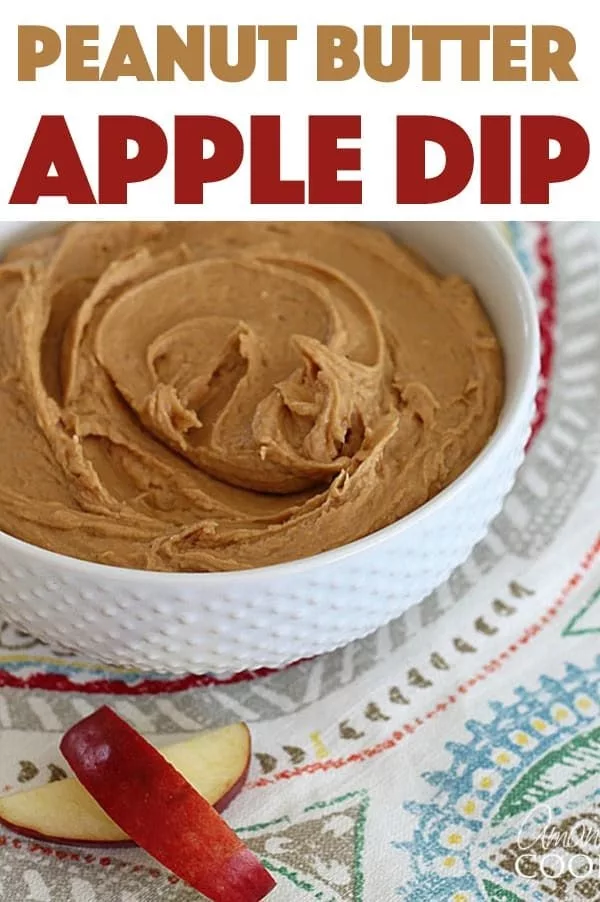Overcoming Hallux Valgus Without Surgery
Natural Remedies and Lifestyle Tips

What is Hallux Valgus?
Hallux valgus refers to a condition where the big toe is angled outward, creating a bunion on the foot. This can cause pain in the ankle, toes, and the top of the foot due to structural issues. Hallux valgus can lead to significant discomfort and pain in daily life, particularly when standing or walking.
Main Causes and Symptoms of Hallux Valgus
The primary cause of hallux valgus is structural problems of the foot. Poor foot usage or wearing inappropriate shoes can lead to uneven distribution of pressure on the foot, concentrating it in specific areas and resulting in hallux valgus. Key symptoms include foot pain, ankle pain, and toe deformities, and these symptoms can significantly restrict daily activities if persistent.

Diagnosis of Hallux Valgus
Diagnosing hallux valgus requires a doctor’s assistance. The doctor will examine the patient’s foot structure and can make an accurate diagnosis based on symptoms and medical history. If necessary, imaging tests such as X-rays or CT scans can provide further insights into the foot’s structure and issues.
Lifestyle Tips for Managing Hallux Valgus
To manage hallux valgus, it is important to change a few lifestyle habits in daily life.
First, maintaining proper posture and gait is crucial. Keeping the back and pelvis straight and distributing weight evenly across the entire foot is advisable. Second, wearing comfortable and supportive shoes is recommended. Shoes that fit well and provide adequate support can greatly assist in managing hallux valgus. Third, engaging in effective stretching and exercises is important. Stretching and exercises that strengthen the foot muscles and increase flexibility can help alleviate the symptoms of hallux valgus.

Overcoming Hallux Valgus with Natural Remedies
Natural remedies can be utilized to overcome hallux valgus.
First, using ice packs can help relieve pain. Applying an ice pack to the foot for 15-20 minutes can reduce pain and inflammation. Second, trying foot massages can be beneficial. Foot massages promote blood circulation and relieve tension in the foot muscles. Third, consuming anti-inflammatory foods can be helpful. Foods with anti-inflammatory properties, such as pineapple, ginger, and sweet potatoes, can aid in managing hallux valgus.
Effective Exercises and Stretches for Hallux Valgus
Performing effective exercises and stretches is important for overcoming hallux valgus. Exercises and stretches that strengthen the muscles of the back and front of the foot and enhance flexibility can help alleviate symptoms. For example, heel raises, toe stretches, and foot curls are useful exercises.

Choosing the Right Shoes for Foot Health
Selecting the right shoes is crucial for preventing and managing hallux valgus. It is advisable to choose shoes that fit well and provide adequate support. Additionally, selecting shoes that are wide in the toe box and stable is important. The heels should not be too high, and shoes made from shock-absorbing materials are preferable.
Additional Tips for Preventing Hallux Valgus
There are a few additional tips to keep in mind for preventing hallux valgus.
First, if you spend long periods standing or walking, wearing ankle supports can help distribute the load on your feet. Second, it is important to give your feet regular breaks and rest. Continuous pressure on the feet for extended periods can increase the likelihood of developing hallux valgus. Finally, consistently performing foot exercises to strengthen the foot muscles is a good strategy.

Hallux valgus can cause pain and discomfort; however, it can be overcome through proper management, natural remedies, and healthy lifestyle habits. It is advisable to carefully manage your habits and consult a doctor if necessary to find appropriate treatment options. Maintaining healthy feet allows for comfort and freedom of movement in daily life.






